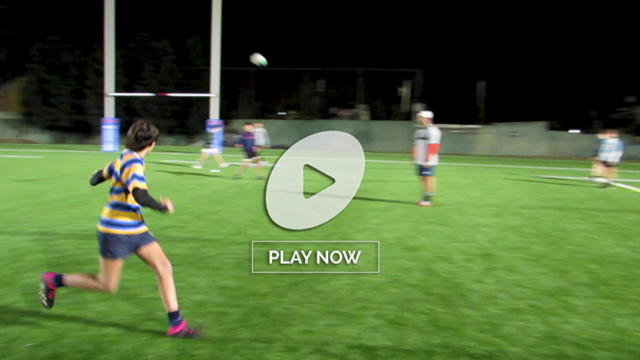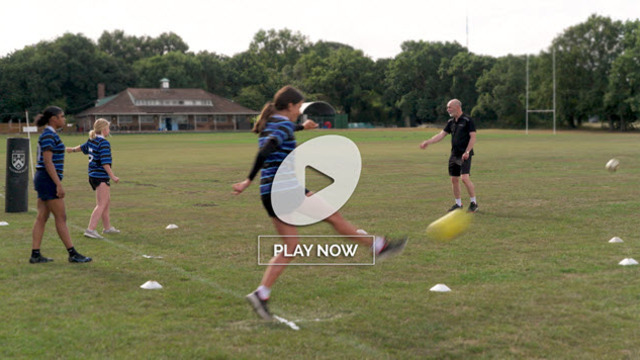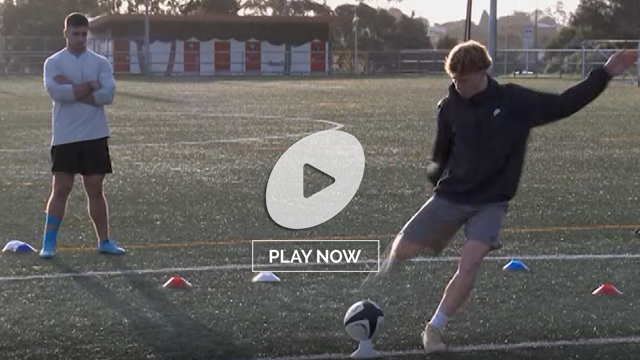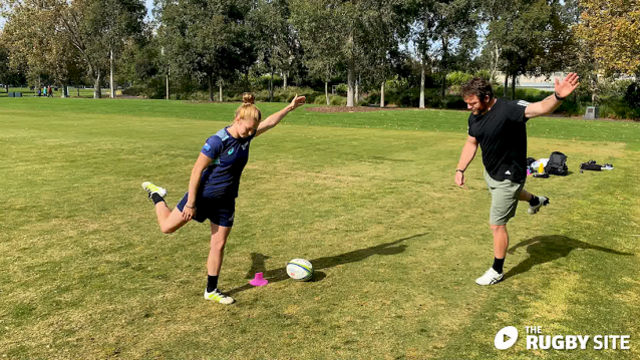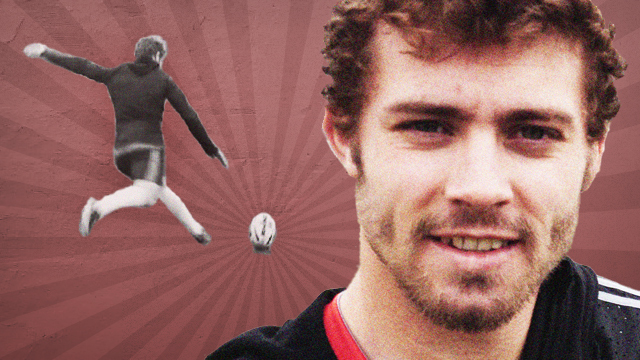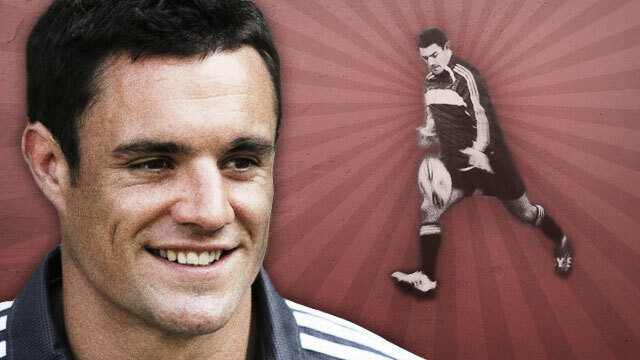Hardly a week goes by in the international game, without further proof of the value of a well-directed kicking game. It is one of the keys to success at any level of the game, whatever your preferred style of play.
The double-header between Argentina and Australia in the two opening rounds of the 2022 Rugby Championship provided further grist to the mill. The Wallabies kicked more in the first game at Mendoza (16 kicks to 15 by the Pumas) and won by 41 points to 26. The Pumas reversed the trend in the return game at San Juan (29 kicks to a mere 12 by the Aussies) and won by a similar margin, 48 points to 17.
It should also be noted that Argentina achieved the reversal of fortunes under a head coach (Michael Cheika) known for his preference for ball-in-hand with the Wallabies and Waratahs, with nods to the kicking game limited to a bare minimum. At the 2019 World Cup in Japan, Cheika’s Wallabies ran the ball out of their own 22 on exits, and kept on running all the way up the field – until either a turnover or a try resulted!
It likely that both the new emphasis on, and excellence in the Argentine kicking game originated with Felipe Contepomi, himself a notable number 10 for the Pumas as a player and lately the Leinster backs coach, which is recommendation enough in itself.
The essence of a good kicking game is the ability to stay one step ahead of the backfield defence, and this is what Argentina did throughout the game, right from the opening whistle. With Australia stacking the defensive line and clearly expecting Cheika-ball from their opponents, Argentina looked for spaces where they could exploit the under-resourced backfield:
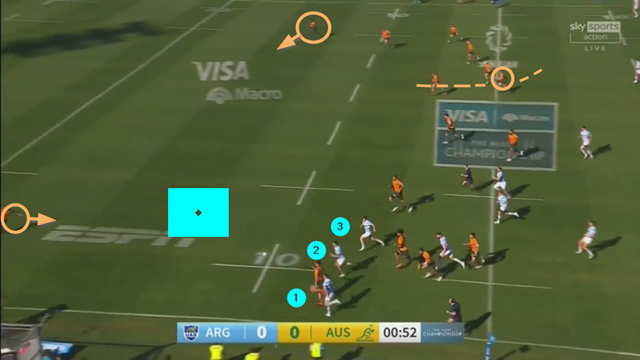
They have used one hit in midfield to consume Australian number 10 James O’Connor, who is typically one part of a two-man Wallaby backfield, and he is shown tracking back from the previous tackle in the screenshot.
That leaves one backfield defender in front of the ball (full-back Tom Wright) with both wings high and the middle of the field empty. Kick selection is precise, because O’Connor would normally be positioned around the Visa advert and therefore able to add a second body in defence. There are three Pumas chasers on the kick, so there is an advantage in numbers if anything goes wrong at the back, and it quickly does.
The Argentines were always alert to situations where Australia had stripped the backfield and were prepared for a ball-in-hand onslaught:
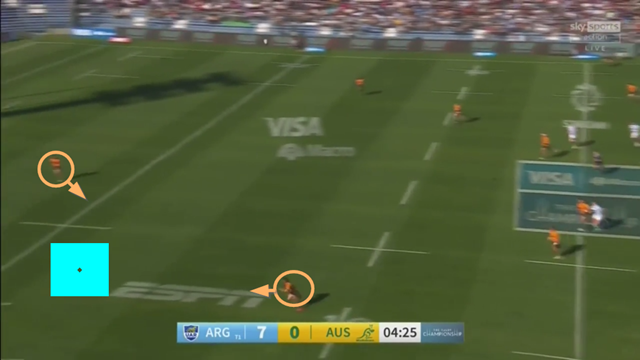
From a scrum on the Pumas’ side of halfway, the Wallaby right wing (Jordie Petaia) is defending quite high upfield, and Wright is in the middle. That opens up the possibility of a diagonal kick to the corner, with the added bonus of a 50/22 and the throw in to the ensuing lineout.
It is was not the only occasion when the Pumas kickers identified a one-man backfield with the full-back in the middle:
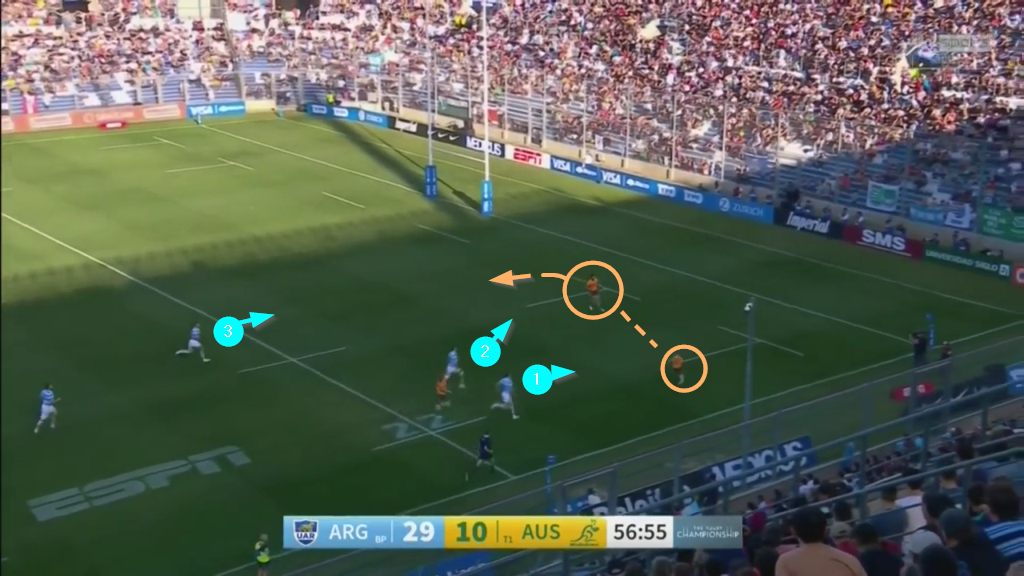
Again, both edge defenders are high upfield and that creates space in the corner, which is accentuated by the tendency of Tom Wright to maintain width and expect the pass, rather than support the ball-carrier more closely. Argentina duly won turnover at the following ruck over James O’Connor, deep inside the Australian 22.
Tailoring the type of kick to the disposition of the defence is a critical element in making the kicking game effective. With a full backfield, the Pumas went to high, contestable kicks designed to pull the receiver into the no man’s land in between the backfield and front line of D:
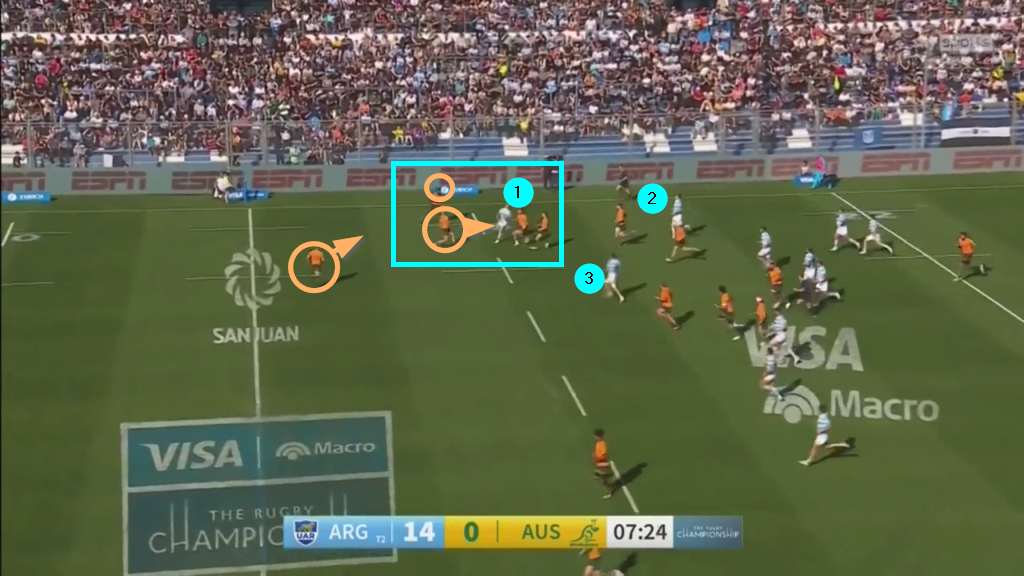
With O’Connor back in his usual auxiliary full-back role, Argentina chooses to target Wright over the right side with a solid three-man chase. The Pumas also looked to pepper Australian left wing Marika Koroibete from a very similar situation:
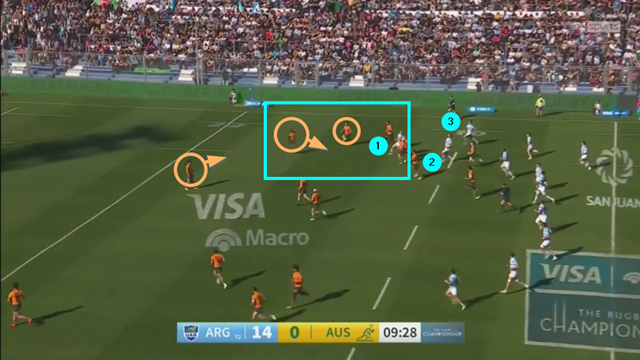
With a packed backfield, the contestable kick makes the most sense. It can also pay out the ultimate dividend when the full-back position is temporarily vacant:
It is a straight jumping contest between Argentine number 14 Emiliano Boffelli and Wallaby number 15 Wright, a battle won by the Pumas wing. With the backfield behind Wright empty, Boffelli would have run away to score a try, had it not been for a remarkable piece of scramble defence by Koroibete, covering back to deny Boffelli right on the goal-line.
Summary
Argentina was always one step ahead of Australia in the kicking game stakes at San Juan. With the Wallabies clearly expecting more ball-in-hand attack from their ex-coach Michael Cheika, the Pumas doubled their kicking output from 15 to 29 kicks in the game. When Australia stripped to an empty or one-man backfield with everyone else up at the line, the Pumas kicked for the corners, or down the channel out wide.
When the Wallabies adjusted and added a second full-back, the Pumas pulled either Wright or Koroibete forward and made the kick high and contestable. It was a masterclass in creating a tactical advantage before the game ever started, and then preserving that advantage cleverly through all the peaks and troughs of play out on the field.


